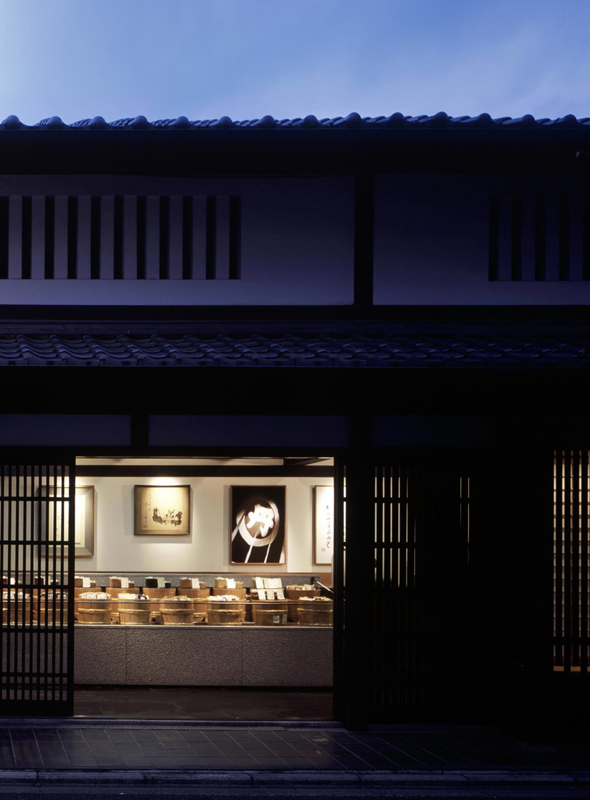Greeting from Shigetoshi Honda
Now, Miso for the World
Japan cuisine has been highly regarded for its healthiness by being low in calories and fat, and now it is a global craze. It is a global craze which is wonderful. It would be great if Japanese cuisine could help people understand Japanese culture more deeply. I personally think that this way of cooking could evolve into its own category—rather than just being today’s fad—if more people enjoyed it not only for its health benefits but also for being aesthetically pleasing to the eye and delectable to the pallet.
Japan cuisine has been referred to as “water dishes” or “soup stock dishes.” This cooking style is characterized by it not requiring much preparation of base ingredients and bringing out the natural flavor and goodness of the chosen ingredients. Miso, with its delicate taste, is the critical flavoring at the foundation of Japanese cuisine. Miso along with soy sauce and vinegar, is a traditional brewed flavoring that has been adored by the Japanese for over a thousand years.
- It consists mainly of soy beans, rice, and table salt. The combination and aging of these ingredients produces a wide variety of miso rooted in the climate and culture of the various regions of Japan.
- The product consists almost entirely of its raw materials, and there is very little residue, such as strained lees.
- It takes very little energy to produce, so little that it could be made in small quantities at home.
- It is rich in plant protein, has a long shelf life, and goes well with a variety of ingredients.
Currently we are faced with the degradation of the earth’s environment, the continued abnormal climate, the growing population, and other serious issues. For us, the latent potential of miso lies not only in its excellence as a food. Even from a purely economic standpoint, miso can save energy during production because of its superior yield of raw material. Miso is, quite simply, a food that the world cannot go without in the future.
Miso, which originated in China, evolved into a Japanese food that has become world-renowned. I hope that miso will eventually be used in food from the world over.



